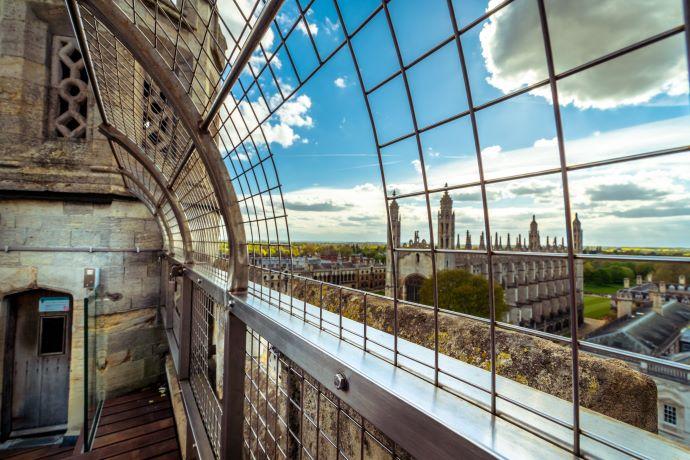The Leader of South Cambridgeshire District Council said that she had no knowledge of the Government’s idea to turn Cambridge into Britain’s Silicon Valley by boosting building and adding as many as 250,000 new homes, on top of the around 50,000 already being planned by councils in Greater Cambridge.
South Cambridgeshire District Council will now be contacting Michael Gove to ask for more information as the Leader of the Council has said plans of this scale are not appropriate and Cambridge and the surrounding area cannot solve the nation’s housing crisis.
The Times reported that Michael Gove and the Department for Levelling Up, Housing and Communities would be considering relaxing environmental standards to boost building. South Cambridgeshire’s District Council’s central value is to be ‘green to our core’ and leading councillors say that any plans that do not protect and enhance the environment would be totally unacceptable.
When the emerging Local Plan for Greater Cambridge was published earlier this year – a process that considers how growth is managed into the future – the Council said that those plans, which are a fraction of the Government’s proposal, could only be delivered if greater clarity could be provided about where water will come from in future. They also said that “assurances are required that providing the necessary water will not cause unacceptable environmental harm”.
Cllr Bridget Smith, Leader of South Cambridgeshire District Council, said: “We had no knowledge of this concept Michael Gove and his department are reported to be working up. We will be contacting him to find out more, as this is simply not appropriate. The scale of this plan is vast when compared to the growth our evidence has shown is needed here, and for it to even be suggested that the environmental standards could be relaxed is a huge concern. We know we need to deliver some growth, but that must be in a managed way, and for any meaningful growth to take place here we need assurances over a water supply that does not have a negative impact on the environment.”
Image: Shutterstock



